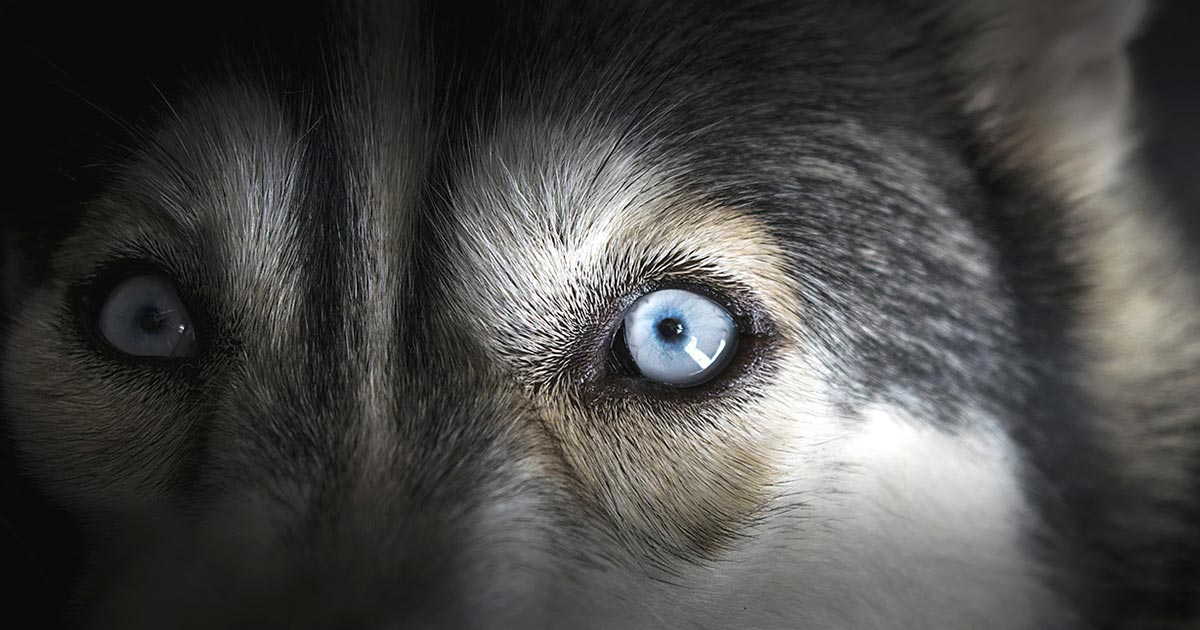As part of one of our small animal rotations, I spent a couple of days with the ophthalmology service at the University of Glasgow Small Animal Hospital.

Not exactly the most clued-up on eyes, I was going in almost blind. I had an idea of common eye conditions and how to manage them, but recognising them and being able to localise a lesion in an eye was uncharted territory.
After a mind-boggling tutorial in which we tried to drag physics from the depths of our brains (A-levels were five years ago), consults began – and with them, ocular examination after examination after examination.
By the end of day one, despite my brain feeling fairly frazzled, I felt I could locate roughly where in the eye a problem was and begin to deduce differentials, or at least know which chapter of the book to look in.
We discussed the differences between referral and first opinion practice. One of the main reasons eye conditions are misdiagnosed or missed is simply lack of time in the consult room.
For example, if you have a five-minute consult and want to do a Schirmer’s tear test, half the time is already taken.
Several components exist to a thorough ocular examination, with some better than others at identifying certain conditions or highlighting certain anatomical regions of the eye.
One important thing I took away was you can still achieve a good examination with limited equipment – in our case, we found a broken otoscope the ideal instrument for distant direct ophthalmoscopy.
Guide Dogs patient
So it came to one of the final patients on our final day – a bubbly golden retriever about to begin formal training to become a guide dog. By this point, we thought we could accurately identify basic conditions, but didn’t want to believe what we found on his lenses. When asked for the diagnosis, I hesitantly answered “cataracts” for two reasons:
- The cataracts themselves looked different to others we’d seen – they had a triangular shape with a clear area in the centre, making them not entirely opaque.
- This young dog’s career as a guide dog would come to an abrupt end with this diagnosis.
However, a breed predilection exists for hereditary cataracts in retrievers and the Guide Dogs staff member who was accompanying the puppy walker – the person who fosters a puppy before they enter formal training – was not shocked by the news, having experienced the condition several times previously.
While the dog still had fairly good vision at the minute, it would have to be withdrawn from training.
Several options exist for guide dogs withdrawn for health or behavioural reasons – they can be put into another work sector, such as the police or other assistance dog programmes like buddies for disabled children. Otherwise, they are rehomed as pets – hopefully our golden friend will find a new family shortly.
Having looked into the Guide Dogs scheme a bit more, it’s astonishing how much work and money goes into the training and upkeep of a guide dog.
They are a fantastic aid to people with impaired or no vision and, while it was disheartening to see a dog that wouldn’t tick the health boxes for continued training, I could appreciate the vet’s role in the process.
Eyes may always be a tricky area of veterinary medicine, but I don’t think I’ll miss a triangular cataract from now on.

Leave a Reply